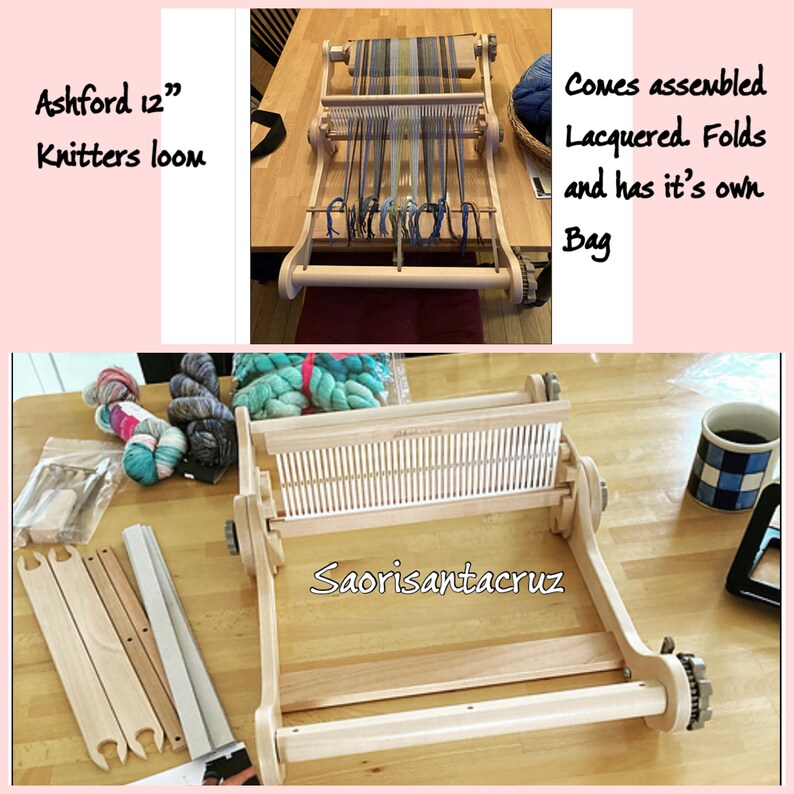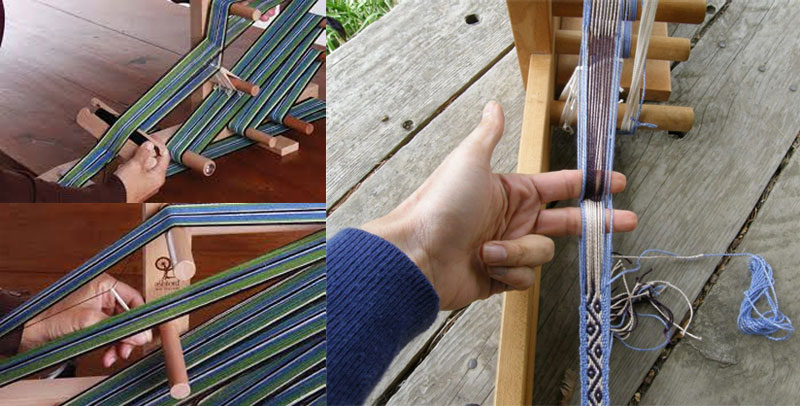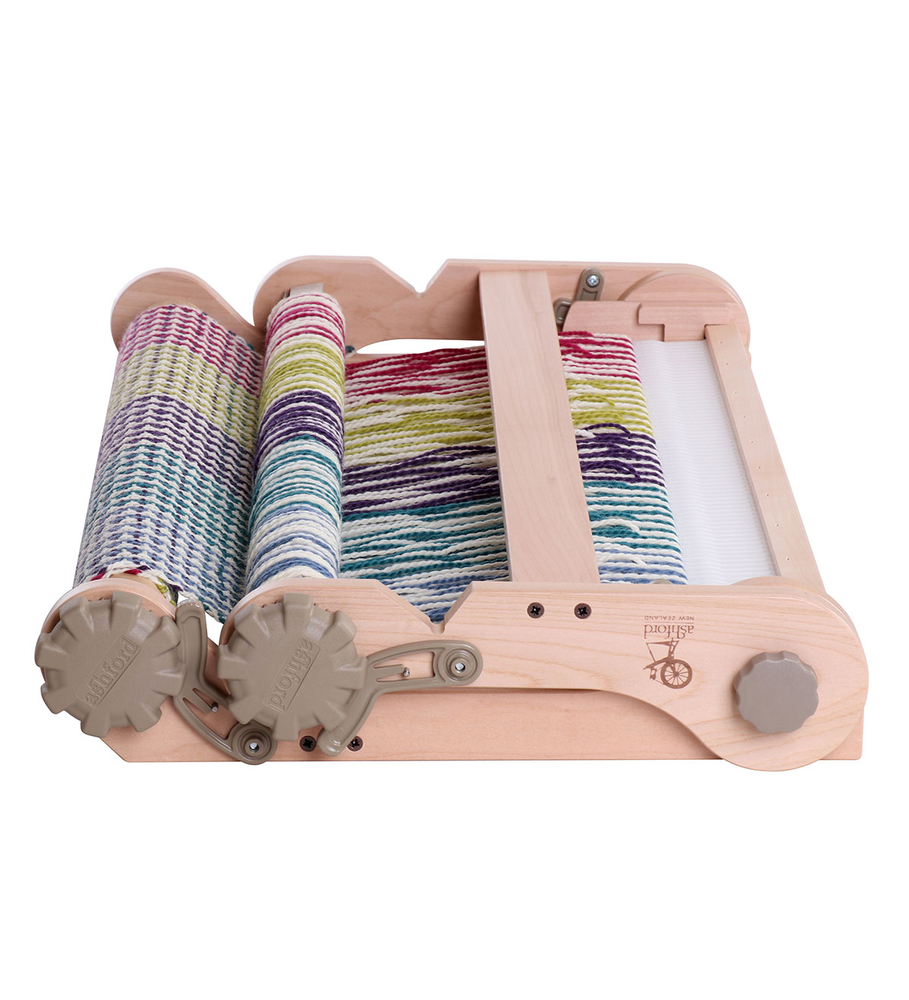

That was all I needed to do? I was suspicious. “Apply with a soft rag, steel wool or Scotchbrite, then buff to a deep rich lustrous finish with a soft cloth. The finishing wax comes with maddeningly simple instructions: When it arrived I was skeptical that it contained enough wax to finish both my loom and stand. The small, 2.6 oz jar cost $15 (plus shipping). The wax is available through several outlets online I ordered mine from The Woolery, a fantastic fiber, weaving, and spinning store located in Kentucky. I had never used a finishing wax before and I wasn’t sure what to expect. I ultimately decided to do what seemed easiest: to use the finishing wax that Ashford makes specifically for their products. This was clearly not an option.)įinally, did I have time to visit the hardware store and pick out a stain that would work? Did I need a separate sealant to go over the stain? Could I paint the loom instead? It seemed like there were too many options, and I soon felt overwhelmed. The only space in our house suitable for staining wood is our unheated garage. Moreover, did I really have time or a well ventilated space in which to stain the wood anyway? (I live in Wisconsin and got my loom in the winter, when the temperatures measured -40 outside. What if the yarn of my first few projects absorbed some of the smell? What if I accidentally got some of the polyurethane on the reeds? (I didn’t want to gunk them up.) Should I stain the shuttles? Could this rub off, potentially harming my yarn?

Having used polyurethane wood stains before, I was not inclined to use such harsh chemicals on my new loom. The enclosed instructions from Ashford, I read, do indeed recommend finishing the wood before assembly, so I set to it.įirst, though, came the process of deciding what kind of finish to use. Sealing the wood-by using a wax, polyurethane, or other stain-increases the longevity of the loom and keeps it looking smart.Īfter receiving my Ashford Rigid Heddle loom in the mail, I debated for a week or so about finishing it-I really wanted to start weaving but I also didn’t want to put it together only to decide later that I really should wax or stain the wood to protect it. Ashford recommends finishing the wood to protect your loom from the environment as well as regular wear and tear. Some Ashford looms and spinning wheels (the Ashford Rigid Heddle and the Ashford Sample It) come unfinished and unassembled. You may read more about about how they do it on their Consumer Information page.When I was in the early stages of my weaving craft, I enjoyed a seemingly endless supply of videos, articles, blogs, podcasts, and other resources for all things weaving related: choosing a loom, warping a loom, weaving techniques, drafting patterns, what kind of yarn to use, troubleshooting, etc.īut I became frustrated when I tried to find information on something even more basic: whether I should wax or otherwise finish my Ashford Rigid Heddle loom, and if so, how? This post is therefore for other weavers out there with similar questions. ETA 3-7 business days.Īshford Tutorials (PDF - instant download):Īshford Handicraft's philosophy is to respect nature, work ethically and ensure sustainability.

Included accessories - 7.5 dpi (30/10) reed, step by step instruction booklet, two 46 cm (18") shuttles, threading hook, warping peg and clamp. The loom is made from beautiful solid natural Silver Beech timber. Just add yarn!įeatures strong handles, ratchets and clicker pawls so your warp never unwinds unintentionally and a built-in second heddle option. Whether you are learning to weave for the first time, want to learn new techniques or sample your wonderful yarns, this loom is fun and easy to use. This is a loom for new and experienced weavers. It is compact without sacrificing function.

This popular loom is available in two sizes - 25 cm (10") or 40 cm (16") weaving width.


 0 kommentar(er)
0 kommentar(er)
